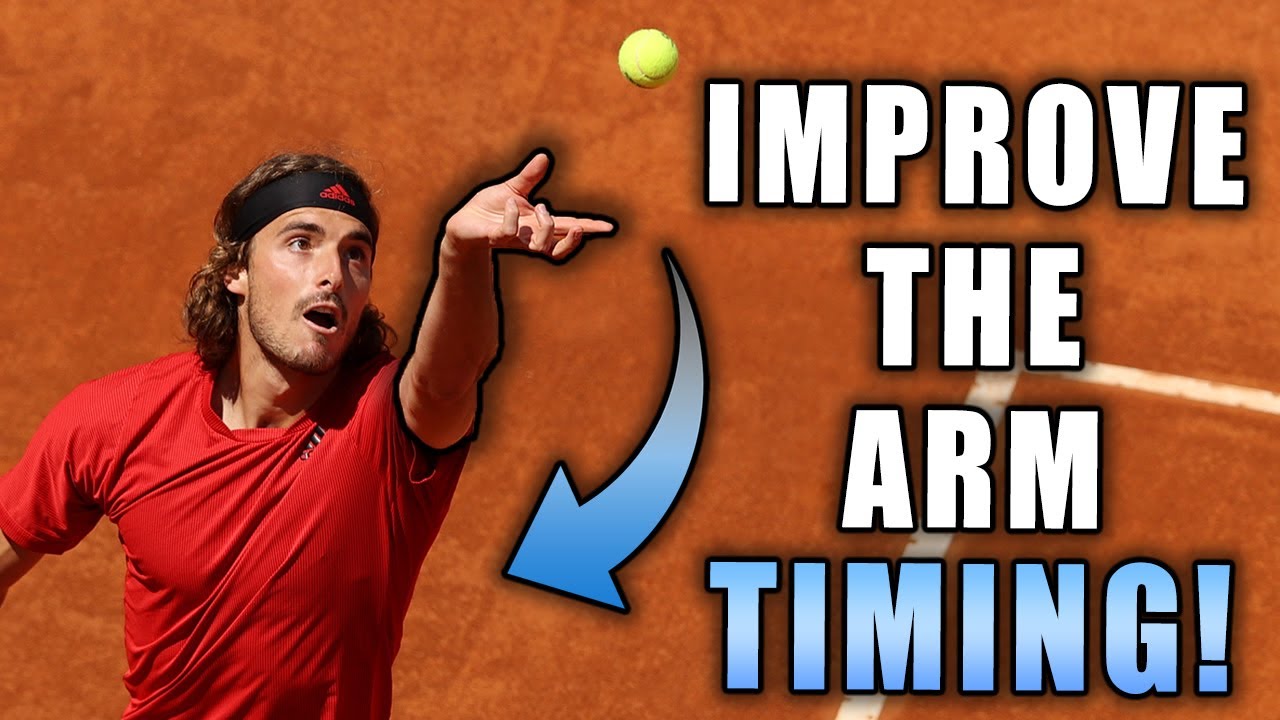Powerful Muscles | Neanderthal | BBC Studios
Summary
TLDRThe analysis of a Neanderthal skeleton reveals a significant difference in arm strength, with the right arm being notably more powerful. This disparity is attributed to the use of thrusting spears, as demonstrated by an experiment devised by anthropologist Steve Churchill. The study suggests that Neanderthals were ambush hunters, using their dominant hand for the forceful thrust of the spear. Contrary to the traditional narrative, this evidence challenges the notion of Neanderthals as inferior to modern humans.
Takeaways
- 🦴 The analysis of a Neanderthal skeleton reveals a significant difference in muscle development between the left and right arms, with the right arm being notably more powerful.
- 💪 The right forearm's pronounced muscle markings suggest that this individual had an extraordinarily strong grip, including the pinky finger, indicating a powerful grasping hand.
- 🔍 Anthropologist Steve Churchill's experiment with spear thrusting suggests that the difference in arm strength could be attributed to the technique used in hunting, with one arm providing guidance and the other the forceful thrust.
- 🏞️ The experiment's data supports the theory that Neanderthals were ambush hunters, using a two-handed spear thrusting technique to silently stalk and attack their prey.
- 🌟 The traditional view of Neanderthals as brutes with insatiable hunger for meat is reinforced by the evidence from the skeleton and hunting methods.
- 🧠 The script challenges the notion of Neanderthals being inferior to modern humans, suggesting that their hunting techniques and physical adaptations were sophisticated and effective.
- 🏹 The use of a thrusting spear as a hunting tool implies a level of tactical thinking and physical coordination that counters the stereotype of Neanderthals as simple-minded primitives.
- 🤔 The script raises questions about the accuracy of the traditional sagas and the need for a reevaluation of our understanding of Neanderthal capabilities and intelligence.
- 🏔️ The physical adaptations of Neanderthals, such as their strong forearms, are indicative of a lifestyle that involved significant physical exertion and adaptation to their environment.
- 🎯 The detailed analysis of the skeleton and the experimental evidence provide a more nuanced view of Neanderthal hunting strategies and their role as carnivorous predators.
Q & A
What is the key observation made by bone expert Trenton about the skeleton's left and right arms?
-Trenton noted that the left arm of the skeleton was muscular but the right arm was significantly more powerful, with clearer muscle markings.
What does the curvature or bowing of the radius bone indicate?
-The curvature of the radius bone corresponds to powerful muscles that flex the wrist and fingers, suggesting a very powerful grip.
How does the strength of the pinky finger in the skeleton compare to the other fingers?
-The pinky finger has flex ridges indicating it was just as strong as the other fingers, contributing to a powerful grasping hand.
What experiment was conducted by Anthropologist Steve Churchill to understand the difference in arm strength?
-Steve Churchill devised an experiment using a spear thruster to measure the force applied to each limb, to determine if two-handed behavior could stress one limb more than the other.
What did the data from the spear thrusting experiment suggest about Neanderthal hunting behavior?
-The experiment showed that thrusting a spear could explain the marked difference in muscle development from one arm to the other, indicating Neanderthals were ambush hunters.
How did Neanderthals use their hands during hunting according to the evidence from the skeleton and the spear experiment?
-Neanderthals likely used their left hand as a guiding hand and their dominant right hand to provide the force of the thrust while hunting.
What does the traditional saga suggest about Neanderthals in comparison to modern humans?
-The traditional saga portrays Neanderthals as brutes and inferior to modern humans, being simple-minded and primitive.
What was the conclusion drawn from the evidence about Arne anderol's physical capabilities?
-Arne anderol was shaping up to be the brute of legend, with an insatiable hunger for meat and powerful physical attributes.
What does the term 'ambush hunters' imply about Neanderthal hunting strategies?
-Being 'ambush hunters' implies that Neanderthals silently stalked their prey and used stealth to get within striking distance with a thrusting spear.
How does the script challenge the traditional view of Neanderthals as inferior to modern humans?
-The script presents evidence from the skeleton and experiments that suggest Neanderthals had advanced hunting techniques and physical capabilities, challenging the notion of their inferiority.
Outlines

This section is available to paid users only. Please upgrade to access this part.
Upgrade NowMindmap

This section is available to paid users only. Please upgrade to access this part.
Upgrade NowKeywords

This section is available to paid users only. Please upgrade to access this part.
Upgrade NowHighlights

This section is available to paid users only. Please upgrade to access this part.
Upgrade NowTranscripts

This section is available to paid users only. Please upgrade to access this part.
Upgrade Now5.0 / 5 (0 votes)





